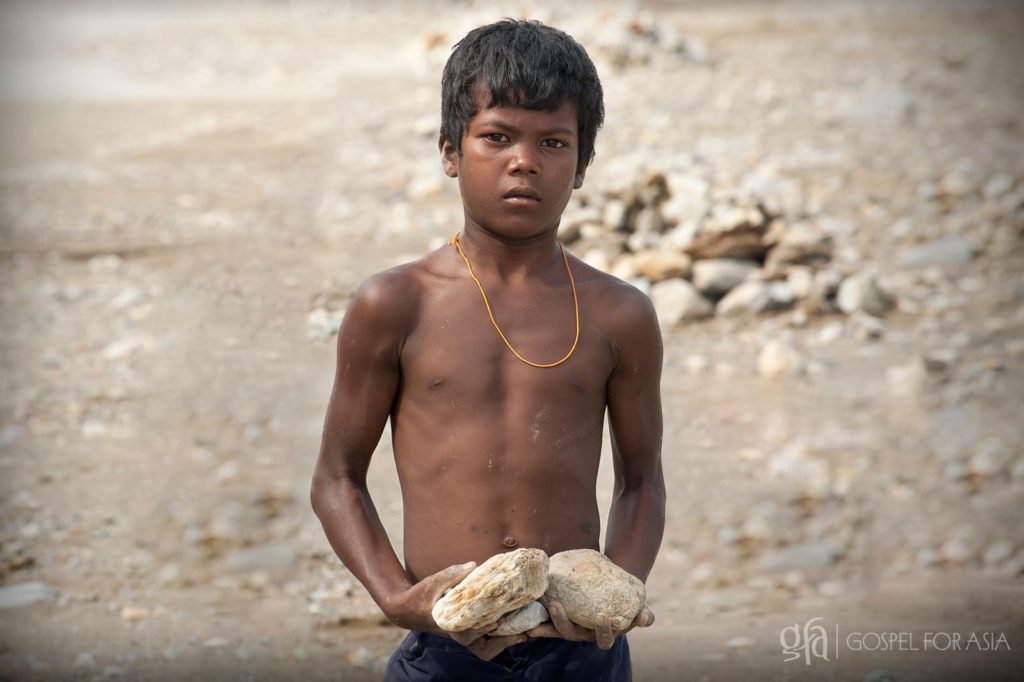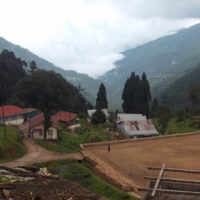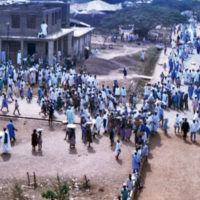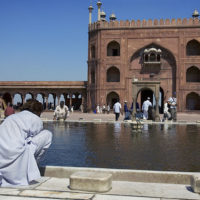WILLS POINT, TX – Only as the scourge of human trafficking is infesting the North American continent, we are at long last becoming aware of its sinister realities.
Human trafficking cases are making local news headlines in places like Fayetteville, NC; Tuscaloosa, AL; and Milwaukee. Our blissful ignorance of the 16 million victims of human trafficking around the globe is slowly being disturbed, but only to the extent that we are somewhat surprised at its presence here.
The upside to human trafficking in or near our hometowns is that it may draw our attention to its severity in other countries around the world. The August 8 issue of the Phnom Penh Post quoted the Nepali National Human Rights Commission, indicating that “nearly 1.5 million Nepalis are at risk of various forms of human trafficking.” That is slightly more than 5 percent of the country’s population. Reuters reported that one out of every 143 people in Kenya is a modern-day slave.
A recent special report from Gospel for Asia (GFA), Child Labor Today: Not Gone, But Forgotten, cited forced recruitment and trafficking in children among “the unconditional worst forms of child labor.”
Human trafficking, however, is not limited to trade in children. A series of otherwise unrelated articles have brought Missions Box News to recognize that even the small percentage of trafficked victims who are found and freed actually remain entrapped by the trauma for their entire lives.
“Life is extremely hard for trafficking survivors. Women and girls who escape abuse return home to the same desperate circumstances that made them vulnerable in the first place, but now bearing additional burdens. They frequently face stigma or are blamed for coming home penniless. They have often experienced devastating physical injuries, and mental trauma that can haunt them forever.”
Some rescued trafficking victims cannot return to their families because those families may have been complicit in and profited from the scheme.
Some are confined in detention facilities where they feel just as enslaved as they had been before they were “rescued.”
One investigator interviewed a woman who had been a trafficking victim for a year before she escaped. That incident happened 35 years ago. She spoke of the deep depression that has enslaved her ever since. “I still feel fear and shock. It’s the trauma.” At 50 years of age, she is still trapped by her trafficking experience.
United Nations Secretary-General Antonio Guterres noted on World Day Against Trafficking in Persons, not only that we need to put an end to the practice but also that we need “to help victims rebuild their lives.”
Of particular note, officials from India and the UAE recently met and signed a memorandum of understanding by which the two nations “will work in close cooperation and exchange information which can be used to interdict human traffickers.” What is more, the agreement recognized that “Repatriation of victims [should] be done as expeditiously as possible,” and that “the home country [should] undertake the safe an effective reintegration of the victims.”
That is a step in the right direction.
To read more news on Human Trafficking on Missions Box, go here.
- Phnom Penh Post, ‘Nearly 1.5M Nepalis at risk of human trafficking’
- Reuters, From Asia to Africa: Women trafficked to Kenya’s Bollywood-style dance bars
- Al Jazeera, Trafficking survivors are being failed the world over
- Gulf News, UAE-India talks held to fight human trafficking
- Missions Box News, Modern Slavery: Euphemism for Human Trafficking
Image Source:
- Gospel for Asia, Photo of the Day





